Our June 2020 installment of Ask an Ocean Expert, where our MSC experts answer your questions about weird and wonderful marine life.
June 2020's questions and answers
Answered by MSC Head of Science Communications, David Schley, PhD. 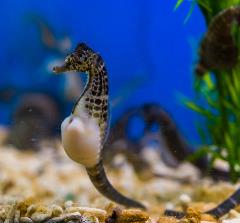 Evolution is all about what helps future generations survive. Carrying babies in a pouch is a great way for seahorses to protect and feed their young until they are big enough to fend for themselves.
Evolution is all about what helps future generations survive. Carrying babies in a pouch is a great way for seahorses to protect and feed their young until they are big enough to fend for themselves.
If you’re surprised that it’s the male that’s pregnant, it's a good reminder that what’s ‘natural’ goes far beyond how humans behave. For many fish and birds, it’s the male who looks after the eggs – probably because the female has used up all her energy producing them. It’s mainly creatures that give birth to live young animals – like humans and other mammals – where the female's body is forced to take most of the strain.
There’s no such thing as ‘normal’ when it comes to animal reproduction. The Surinam toad embeds eggs into its own skin, where the tadpoles grow before popping out as fully formed toads. Scorpions carry their young on their back until they’re all grown up, while crocodiles put them in their mouth when they're in danger.
Some fish can change sex, like the goby. Others, like the swellshark, can clone themselves without mating. Lots of crustacean – like shrimps, lobsters and crabs— can reproduce ‘asexually’ too. Slugs and snails are hermaphrodite, meaning they are both male and female, and it’s not unusual for two slugs to fertilize each at the same time so they can both go off and lay eggs. And when male angler fish mate they fuse their whole body to a female: their skin and blood vessels join up and he becomes a tiny sperm-producing sack on her body.
By comparison, a pregnant seahorse has a very conventional life!
Answered by MSC Head of PR, Zena Ambrose BSc (hons) Geography.
Plastic from plastic bags can get into the ocean through one of two ways.
The first way happens when a plastic bag dropped on the street can be washed into a storm drain when it rains. Storm drains release water into rivers and it’s not always possible to stop any plastic from also entering rivers. From there, plastic floats down the river and out to sea.
The second way can happen when plastic bags start to breakdown in the rubbish dump. Have you ever noticed how many tiny particles of plastic are made when you rub a kitchen scourer on a rough surface? Those tiny pieces of plastic are released into the environment when you empty the washing up water. The same thing happens with plastic bags.
To combat this issue, the first thing you can do to refuse single use plastic items. If you do need to use plastic, make sure you reuse it lots of times. Finally, once your plastic has reached the end of its life, clean it thoroughly and put it in the recycling bin – if it’s dirty, it could end up in landfill.
Refuse. Reuse. Recycle.
More explainers on how plastic gets into the ocean: BBC Earth video, Huffington Post infographic and World Economic Forum report.
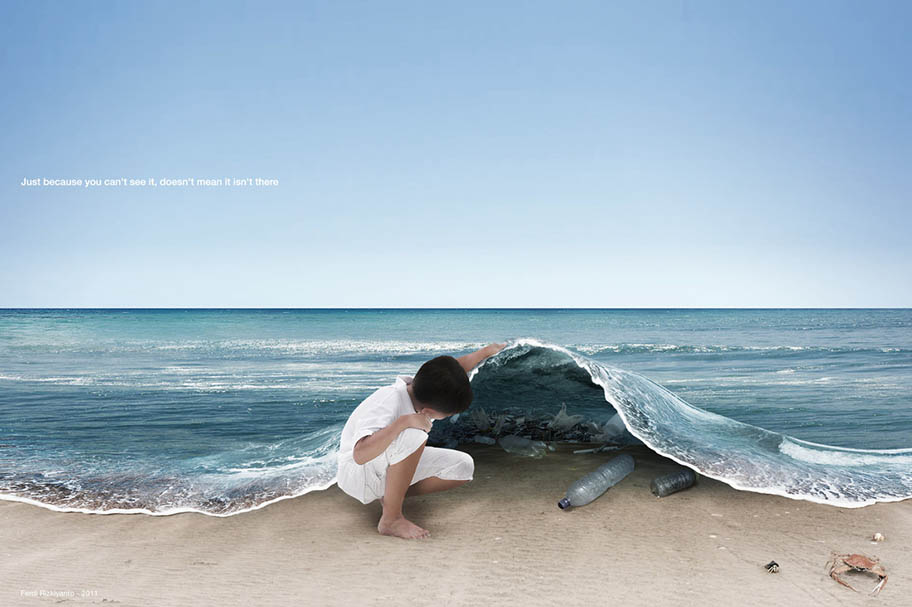
Answered by MSC Senior Fisheries Program Review Manager, Emily McGregor PhD.
I am very happy to say that piranhas are not found in the ocean. They are strictly freshwater fish that live in South American rivers.
I think movies have sensationalised the little piranha. There are lot of different types, or species, of piranha, and some are vegetarian. The piranha featured in movies is the redbelly, or red bellied piranha which are the most aggressive species. Even those little guys, who reach a maximum of 50 cm in length, would get a fright if a person fell into the water near them and would more likely swim away than start to attack.
There are reports of piranhas injuring humans, but that is thought to be because they were stressed and scared and not because they are blood thirsty killers. Imagine being a little piranha swimming along peacefully in the shallows with your friends, hunting little fish and suddenly surrounded by human feet, it would be quite stressful!
If you are lucky enough to visit the Amazon River, I would recommend not going swimming in with an open wound as that would attract a piranha. Even though we know you won't get eaten alive it is very hard not to imagine the thrashing and frenzy of a Hollywood movie piranha attack!
This answer is based on scientific research, the global species database of fish species FishBase and information published in the Smithsonian Magazine.
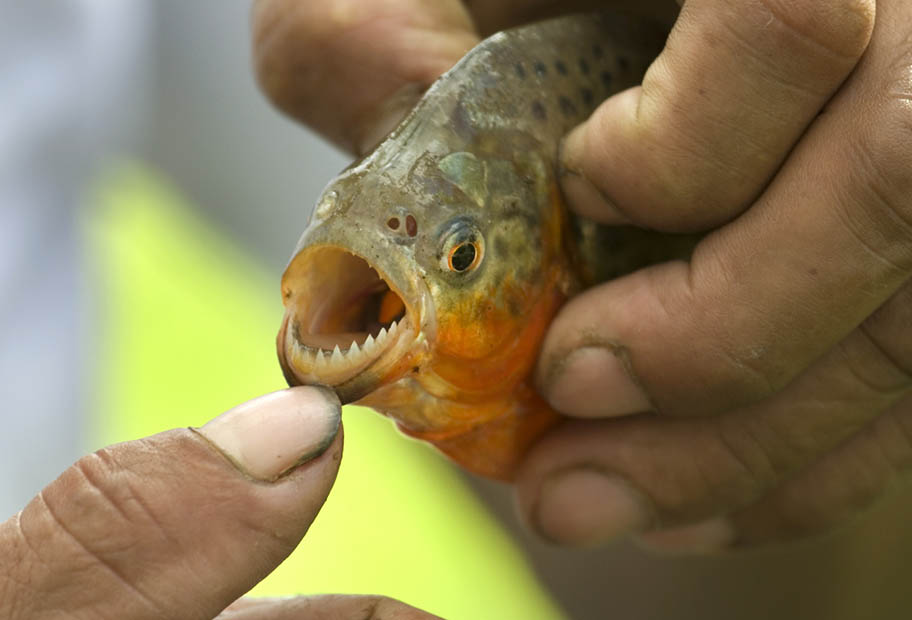
Answered by MSC Senior Fisheries Manager for Australia, New Zealand and South East, Matt Watson BSc (Hons) Oceanography, Postgraduate Certificate in Sustainability and Climate Policy.
According to scientific research published in Estuarine, Coastal and Shelf Science: “the frequency and scale of coral bleaching events during the past few decades have been unprecedented, with hundreds of reef areas exhibiting bleaching at some point, and, on occasion, whole ocean basins affected.”
However, the Status of Coral Reefs of the World: 2004 summarized reports on coral reef health by 240 contributors in 98 countries, stating that “40% of reefs that were seriously damaged by bleaching in 1998 had either ‘recovered’ or were ‘recovering well’'.
So, we have seen that coral reefs have the ability to recover from bleaching events but recovery rates will heavily depend on the resilience of the species of corals that form the reef and other human disturbances on the coral reef system including overfishing, coastal development and pollution which are all known to hinder post-bleaching recovery rates.
New technology provides some hope; scientists in Australia have discovered a way to make coral more resilient. The next step in this research is to test this across a range of coral species.
Whilst the rates of coral bleaching are likely to increase in severity in the coming years driven largely as a result of climate change, you can play your part by giving coral reef systems the best chance of recovering post-bleaching event. Visit coral reefs with responsible dive operators, think about using ‘reef safe’ sunscreen and of course, by choosing sustainable fish with the MSC blue tick which helps reduce the impacts of overfishing on sensitive marine ecosystems.
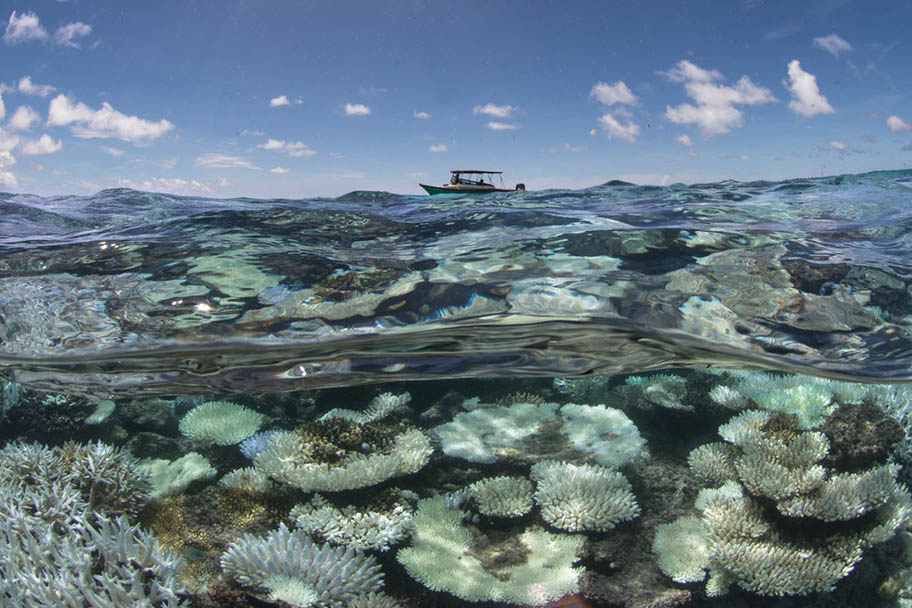
Answered by MSC Senior Fisheries Program Review Manager, Emily McGregor PhD.
Oarfish are rather incredible deep-sea fish.
They are the longest boney fish in the world. The Guinness World Records says the longest oarfish found was over 15 meters long. That is longer than a London bus!
An oarfish mouth may look like it is upside down, but it is even more unusual than that. Oarfish can push their jaws out of their small mouths! They are filter feeders and swim with their mouths open and jaws pushed out to help them catch tiny krill, which is their favourite food.
This answer is based on information published on the Oceana website.
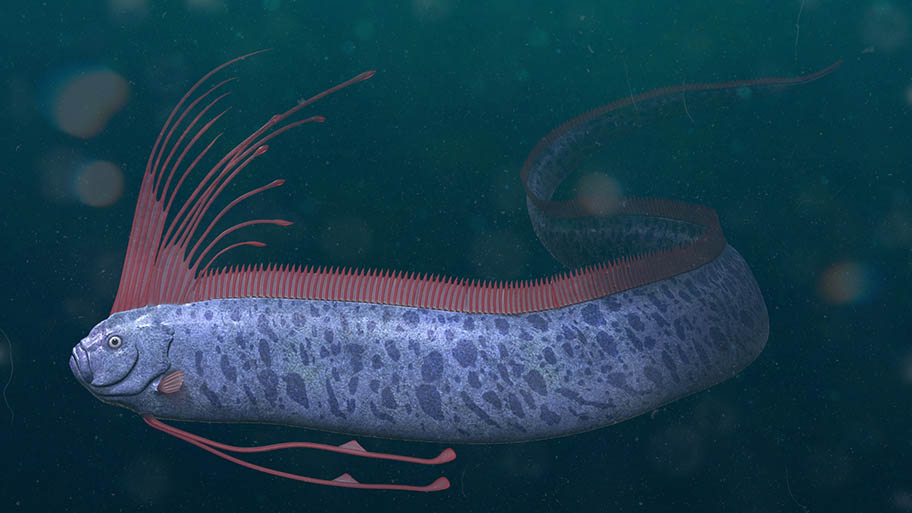
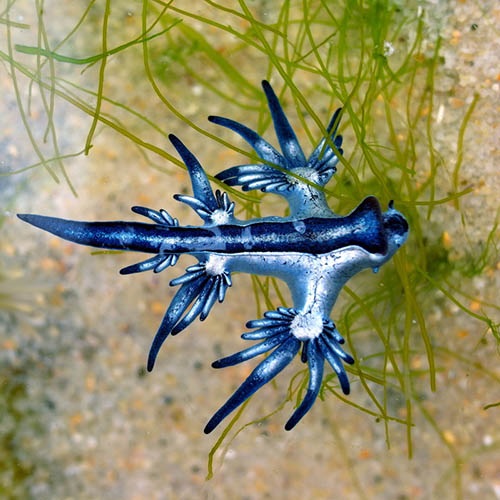
Ask an Ocean Expert: Q&A
Ask an Ocean Expert is an ongoing series where MSC staff answer your questions about marine life. The weirder the better.
/msc-ambassador-chef-charlotte-langley---head-shot-close.tmb-medium500.jpg?Culture=en&sfvrsn=6a10f81e_1)
Meet our Ocean Ambassadors
From award-winning chefs to adventurers to photographers...Meet these advocates of healthy, sustainable seas.

Ocean lives
The best way to understand the impact of the MSC program is through those involved. Read about the passionate people taking care of our oceans.

